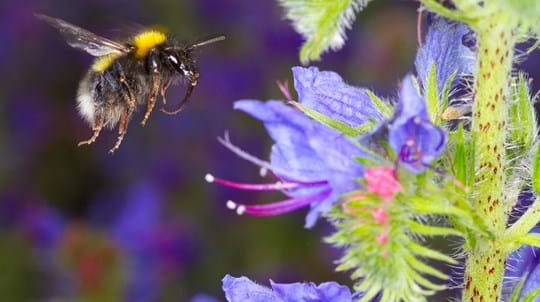
Blog
Wildflowers for bees: how to attract bees to your garden
Helen Keating • 18 Mar 2019

Content manager
Whether you have a lovely big lawn, a concrete yard in the city, or even just a balcony, you can do small things to make a big impact for wildlife. The key to helping British species – in your garden and in the wider landscape – is to provide the food and shelter they need.
Here are our top tips to make your garden a haven for wildlife, from bees and butterflies to birds and small mammals. Whether you try one or all of them, you can enjoy the sights and sounds of nature knowing that you’re making a difference.
Many popular bedding plants like pansies and petunias are of little value to pollinators as nectar content is low or inaccessible.
Let nature take its course to create a more attractive environment for all things wild. You don’t have to leave your plot to develop into a small jungle – wildlife will thank you for just a small corner, border or planter.
Native wildflowers are ideal as they’re easy to grow and look after, and provide a pretty display too. Plants like forget-me-not, red campion, foxglove and chamomile are a great nectar source for bees and butterflies. By choosing the right species, you can even grow flowers that attract insects as a food source for birds or bats.
Consider growing wild when it comes to your lawn too. An overly-manicured space leaves little room for wildlife, so mow less frequently, or keep a small patch uncut. Avoid chemicals too, as they're a recipe for low biodiversity. This will allow plants like daisies, clover and buttercups to grow. Though some consider them weeds, they offer food, shelter and breeding ground for insects that in turn provide food for birds and small mammals like hedgehogs.

Blog
Helen Keating • 18 Mar 2019
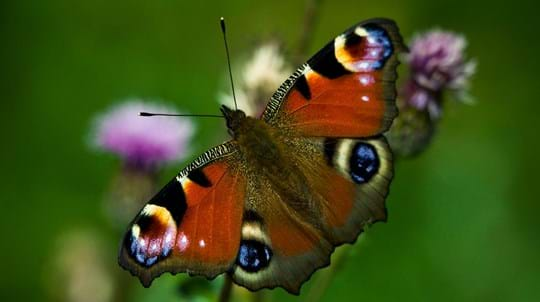
Blog
Danielle Wesley • 13 Mar 2020
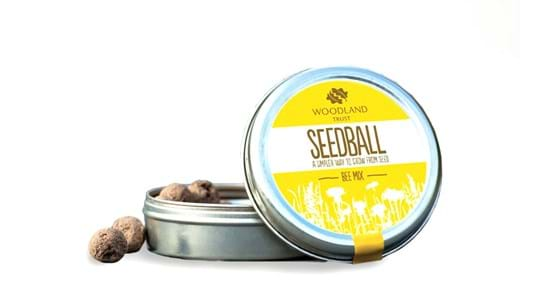
Shop
Our range is easy to grow and brilliant for birds, bees and butterflies.
External link
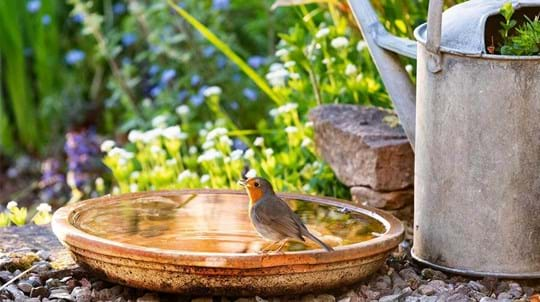
Blog
Hannah Vickers • 22 Jul 2020
Opt for a hedge boundary instead of a fence or wall. Carefully chosen species will give wildlife safe space for feeding, sheltering and nesting all year long.
Research has shown that gardens are more attractive to wildlife if they have trees. And those trees can bring a host of other benefits too, from reducing noise and flooding to fighting climate change.
Many British trees are suitable for good-sized gardens. Silver birch, for example, provides food and habitat for more than 300 insect species! Birds eat its seeds and often make homes in its trunk too.
The flowers, fruits and leaves of wild cherry feed a variety of bees, caterpillars, birds and mammals including blackbird, song thrush, mice and badgers.
If you have a smaller space, try dogwood, which feeds insects, mammals and birds. Or dog rose provides nectar for insects and fruit for birds like redwings and waxwings.
Whether you need a screen, hedge or centrepiece, we have beautiful native trees to give your garden interest all year round. Delivery is free.
Shop treesIf you want to attract a particular species, a ready-made home can look especially appealing to any wildlife passing through.
From bird boxes and bug hotels to frog pots and hedgehog houses, you can choose to buy an animal habitat or have a go at making your own.
Give garden wildlife food and shelter with our ready-made habitats and feeders.
Shop the rangeA small pond could help attract bats, as they like to feed on the associated insects.
Water is crucial for wildlife. Making some available in your garden could be a lifeline, especially in extreme weather.
If space is tight, just a small dish can supply ample drinking and bathing water for birds and mammals. At the other end of the scale, a full-sized pond will give insects and amphibians a place to live and breed.
Again you can buy ready-made options or have a go at making your own. It can be as simple as sinking an old washing up bowl or plant pot without a hole into the ground and surrounding it with plants and rocks for a more natural look. Whichever you choose, remember to:
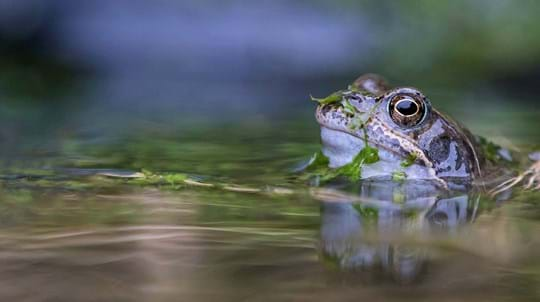
Blog
Charlotte Varela • 19 Mar 2024
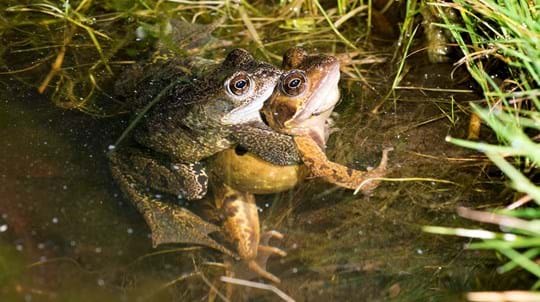
Blog
Rachel Hoskins • 09 Apr 2019
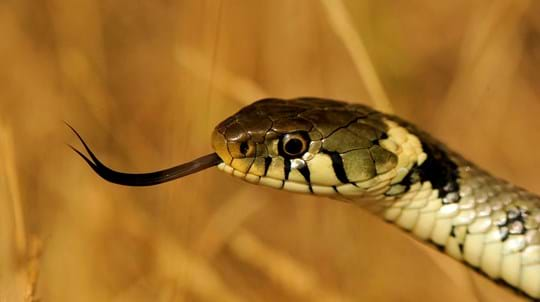
Trees woods and wildlife
Explore more about these cold-blooded creatures that live along woodland edges, glades, ditches and ponds.
One of the best ways to persuade a plethora of wildlife to your patch is to give them access to an easy meal.
A simple option is to put out nuts and seeds to attract common birds including goldfinch, blue tit, sparrow, blackbird and robin.
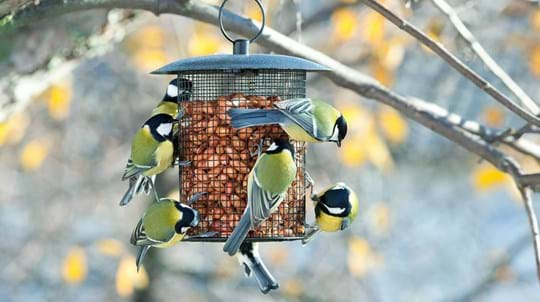
Blog
Amy Lewis • 22 Feb 2018
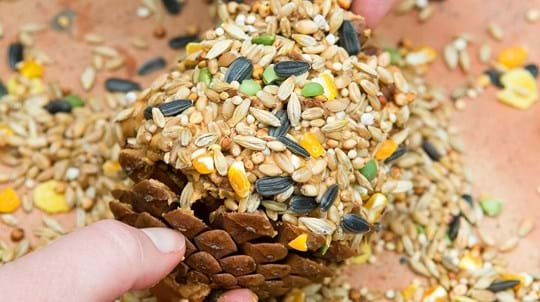
Blog
Amy Lewis • 15 Jan 2019
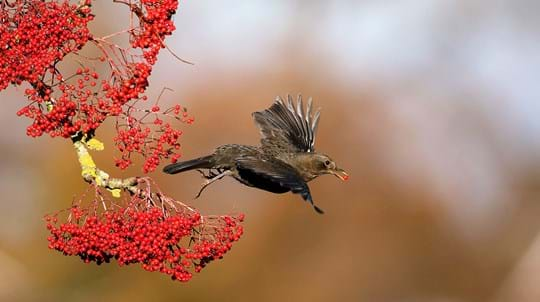
Blog
James Martin • 28 Jun 2019
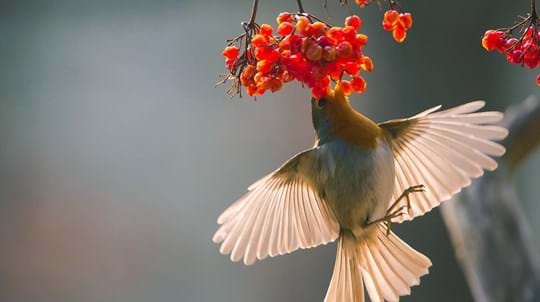
Blog
Rachel Hoskins • 01 Dec 2019
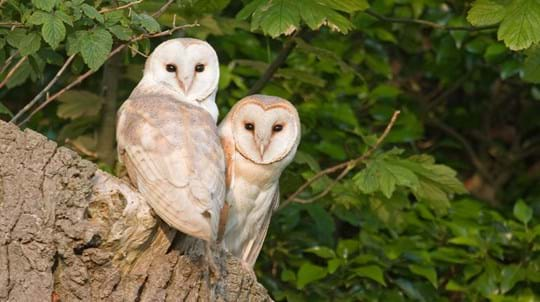
Blog
The Woodland Trust • 18 Jan 2019
Increase the chances of tempting your favourite species into the garden by providing suitable habitat and cover too.
If you’ve set your sights on something a little less common, putting out a specially-tailored snack could be rewarding for you and your visitors! You could try leaving mealworms for badgers, fruit for foxes, or wet cat food or specialist kibble for hedgehogs.
Putting out extra food for wildlife can be a huge help for them, especially in harsh weather. But wildlife should not come to depend on humans as their only food source, so tempting as it may be, don’t feed too often. And be sure to keep an eye on who is eating your food to check you’re not just supplementing the diet of next door’s cat!
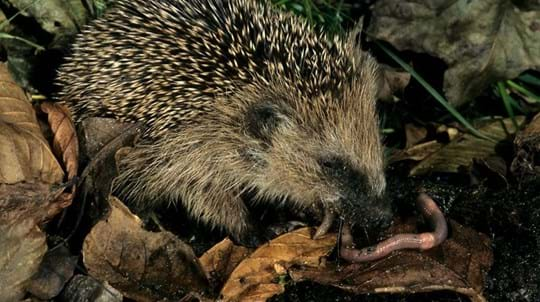
Blog
Charlie Mellor • 15 Mar 2024
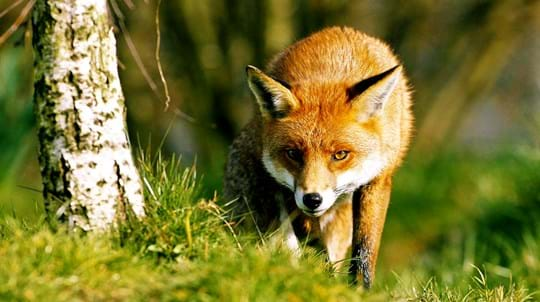
Blog
Charlotte Varela • 16 Aug 2019
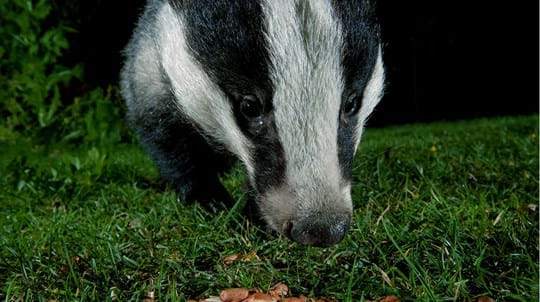
Blog
Helen Keating • 27 Aug 2019
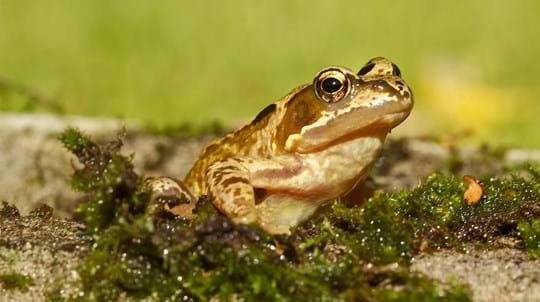
Blog
Rachel Hoskins • 18 Mar 2019
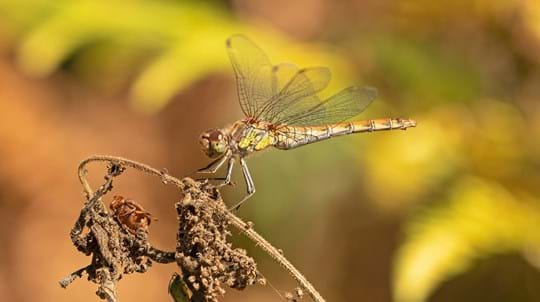
Blog
Danielle Wesley • 29 May 2019
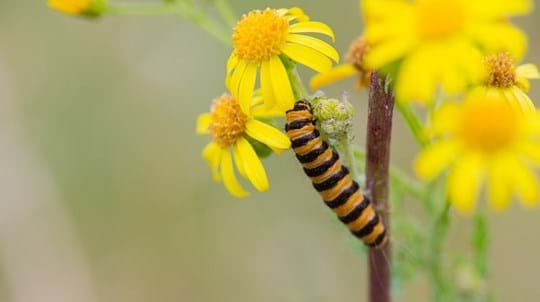
Blog
Charlotte Varela • 01 Jul 2019
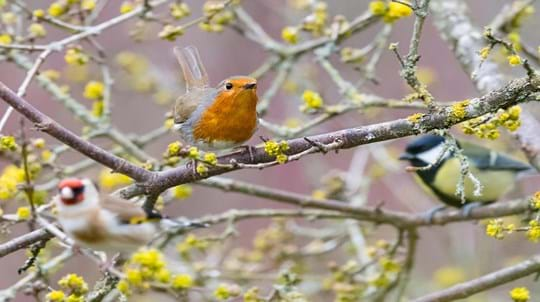
Trees woods and wildlife
Discover who's visiting your garden with our ID guides, including birds, bugs, amphibians and small mammals.
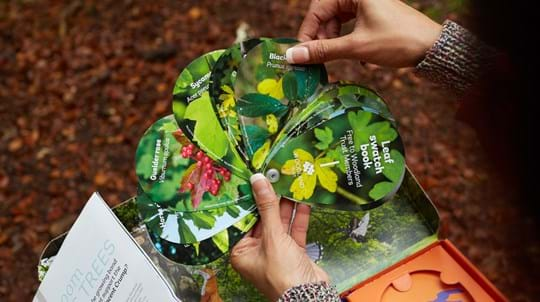
Shop
Brush up on your ID skills and learn more about each species with our range of wildlife guides.
External link